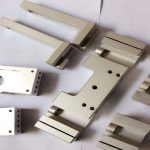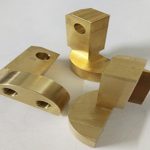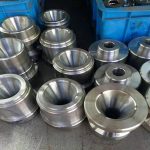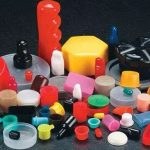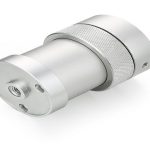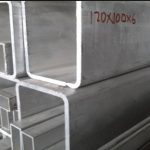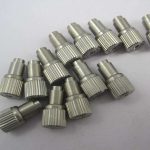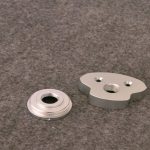Many factors affect the appearance of plastic. Here, the editor of Xianji.com will discuss the three most common ones: gloss, reflection haze and transmission haze.
Gloss
Many people think they know what “gloss” is, but ask five different people and you will get five vague answers. Luster is as important as color. It is an aspect of the object’s visual perception and will have an impact on the product. So, what is gloss? Defined as “the surface attribute that gives the surface a shiny or shiny metallic appearance”. The real difference between gloss, smooth surface and rough matte is gloss.
Gloss is the main factor affecting the overall visual appearance, so much so that many plastic manufacturers have created unique gloss designs to make their products stand out in the eyes of consumers. Because gloss gives people such an impression, many plastic products have unique designs to make them different. The interior parts of the car (such as the dashboard) have a texture design, giving the car model a unique appearance and giving it a sense of luxury. When designing products and evaluating product quality in production, many home appliances around us use plastic and gloss as important factors.
Gloss can not only improve appearance; uncontrolled gloss can be the difference between a good product and a waste product. A common problem for manufacturers in the manufacture of molded products involves gloss. Even if the same resin and coloring agent are used, the molding process itself can usually produce different gloss levels on the entire product surface, thereby greatly changing the appearance and “feel” of the plastic. Since gloss has a great influence on appearance (negative or positive), gloss is usually used as the main criterion to evaluate the production quality of products. When establishing a product color consistency quality process, accurate gloss measurement is a key element.
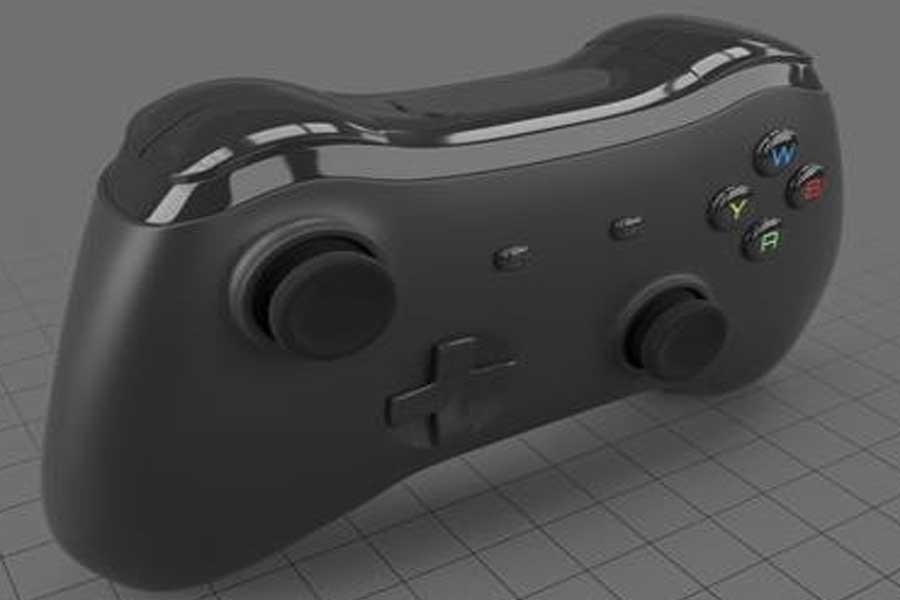
Correct gloss measurement
Historically, gloss measurement is the most widely used assessment of the appearance quality of a surface. It is done by measuring the specular reflection using an instrument called a gloss meter. Specular reflection has a direct relationship between the ratio of incident light to reflected light. In other words, the device measures gloss by presenting a continuous beam at a fixed angle on the surface, and then measuring the amount of reflected light from the same angle, and expressing the output in “gloss units” or GU. Traditionally, gloss meters have one or more measurement angles (20 degrees, 60 degrees and 85 degrees) to provide users with the required accuracy. The 60-degree angle (also called the “universal angle”) is best to determine which angle to use.
After the measurement, two samples with similar gloss may still look different. The following sections discuss them and their effect on appearance.
haze
Words such as fog or cloudy sky are often associated with haze, and are vague and difficult to define. This is because according to the transparency of the object, haze can refer to one of two different qualities, reflection haze or transmission haze.
Reflection haze
Reflective fog is an optical phenomenon usually associated with high-gloss surfaces. It is a common surface defect that will reduce the appearance quality. It is characterized by “significantly lighter and milky white surface with visible halos”.
Ideally, the reflection of a high-gloss surface should be clear and good radiation, but due to surface scattering and defects caused by microstructure or texture (≈0.01 mm wavelength), the reflection will appear milky white or hazy, thereby reducing its overall visual quality. .
The reflection haze meter is traditionally used to measure the reflection haze, and uses a standard gloss meter design, with additional detectors of 2º on each side of the mirror angle to measure the haze component. In addition to evaluating gloss, reflected haze can also provide further analysis of appearance.
Transmission haze
Transmission haze occurs when light passes through a transparent plastic material and the object behind it produces an unfocused or blurred appearance. Have you ever seen a plastic file folder, but couldn’t read the text on the paper in it? That is because of transmission haze.
When there is a problem with the haze of transparent materials (such as plastic bottles and films), use a transmission spectrophotometer for process control. A spectrophotometer is usually used in conjunction with QC analysis software to generate comprehensive data on the clarity and appearance of the material. This allows users to pinpoint the origin of the haze and take corrective actions before proceeding with mass production and recording for future batches.
Some industries have regulations on the haze of the product, so that the haze is not only important for the design, but also essential for the product itself. For example, a face mask used as a personal protective equipment in the medical field requires a haze value of 2% or less. When the haze approaches 30%, it becomes more opaque/translucent and is no longer regarded as a transparent object.
Use a benchtop spectrophotometer to measure haze
Color measurement is a science, and like any other science, it is important to eliminate as many variables as possible.
Use the following haze measurement instructions for a benchtop spectrophotometer to identify the way haze is a variable. Place the plastic sample in the transmission measurement chamber of the spectrophotometer, and perform the measurement in accordance with the appropriate procedures, and follow the instructions of the software. If you compare two samples with each other, please record your results. The first is “target” and the second is “sample”. All differences will be displayed and reprocessed as needed. Spectrophotometers can provide the advantage of outputting color and haze data. On the other hand, there is a haze meter available, which is only used for haze measurement. Due to the difference in optical geometry, the haze data of the two instruments may show sample differences. If you combine two instruments in a working environment, we recommend that you compare the data and develop coefficients to read the data in the same way.
Although the human eye can easily see the appearance of plastic, it is difficult to effectively convey what it sees. With the help of multifunctional tools such as gloss meters and spectrophotometers, manufacturers can effectively quantify the visual representation of gloss and reflection haze. Using these instruments can quantify the appearance of plastics, allowing developers to add actual values to their designs. The quality control manager can then monitor these indicators during the production cycle to ensure complete appearance from start to finish, reduce rework, and save time and materials.
Link to this article: How to quantify the appearance of plastics?
Reprint Statement: If there are no special instructions, all articles on this site are original. Please indicate the source for reprinting:https://www.cncmachiningptj.com/,thanks!
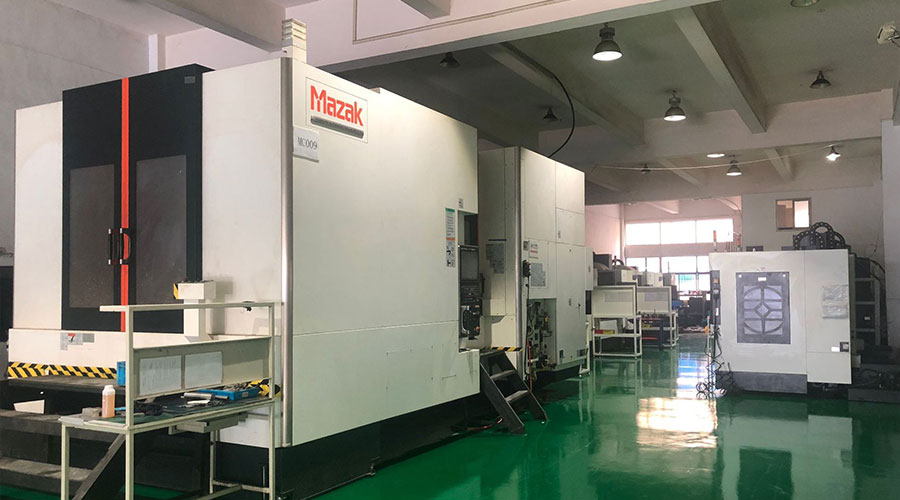 3, 4 and 5-axis precision CNC machining services for aluminum machining, beryllium, carbon steel, magnesium, titanium machining, Inconel, platinum, superalloy, acetal, polycarbonate, fiberglass, graphite and wood. Capable of machining parts up to 98 in. turning dia. and +/-0.001 in. straightness tolerance. Processes include milling, turning, drilling, boring, threading, tapping, forming, knurling, counterboring, countersinking, reaming and laser cutting. Secondary services such as assembly, centerless grinding, heat treating, plating and welding. Prototype and low to high volume production offered with maximum 50,000 units. Suitable for fluid power, pneumatics, hydraulics and valve applications. Serves the aerospace, aircraft, military, medical and defense industries.PTJ will strategize with you to provide the most cost-effective services to help you reach your target,Welcome to Contact us ( [email protected] ) directly for your new project.
3, 4 and 5-axis precision CNC machining services for aluminum machining, beryllium, carbon steel, magnesium, titanium machining, Inconel, platinum, superalloy, acetal, polycarbonate, fiberglass, graphite and wood. Capable of machining parts up to 98 in. turning dia. and +/-0.001 in. straightness tolerance. Processes include milling, turning, drilling, boring, threading, tapping, forming, knurling, counterboring, countersinking, reaming and laser cutting. Secondary services such as assembly, centerless grinding, heat treating, plating and welding. Prototype and low to high volume production offered with maximum 50,000 units. Suitable for fluid power, pneumatics, hydraulics and valve applications. Serves the aerospace, aircraft, military, medical and defense industries.PTJ will strategize with you to provide the most cost-effective services to help you reach your target,Welcome to Contact us ( [email protected] ) directly for your new project.
Link to this article:How to quantify the appearance of plastics?
Reprint Statement: If there are no special instructions, all articles on this site are original. Please indicate the source for reprinting:Tungusten,Thanks!^^

